10 Must-Know Spanish Spice Secrets That Will Transform Your Kitchen!
If you’ve ever tasted a plate of authentic Spanish paella or sipped on a warm bowl of cocido, you know there’s something magical about Spanish cuisine. It’s not just the ingredients — it’s the spices that bring everything to life. In this blog post, we’re diving into the vibrant world of Spanish spices and sharing 10 must-know tips that will transform your kitchen into a Spanish flavor haven.
Table of Contents
- The Soul of Spanish Cuisine: Spices
- Tip #1: Understand the Power of Paprika (Pimentón)
- Tip #2: Don’t Skip Smoked Paprika
- Tip #3: Use Saffron Like a Pro
- Tip #4: Embrace the Heat with Piri-Piri
- Tip #5: Try Ground Cumin for Depth
- Tip #6: Fresh Herbs Are Just as Important
- Tip #7: Make Your Own Mojo Picón
- Tip #8: Pair Sea Salt with Bold Flavors
- Tip #9: Toast Your Spices for Maximum Flavor
- Tip #10: Experiment with Regional Variations
- Deep Dive: The History Behind Spanish Spices
- Conclusion
The Soul of Spanish Cuisine: Spices
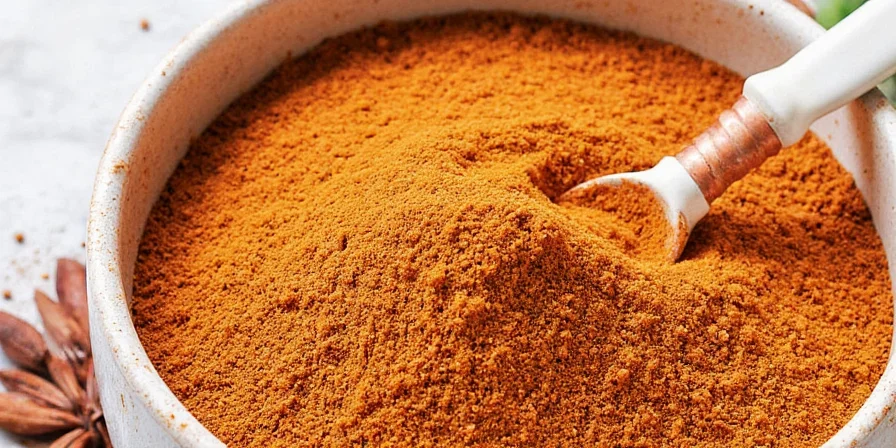
Spain has long been a crossroads of cultures — from Moorish influences to New World ingredients. This unique blend created a culinary tradition rich in spices, aromatics, and bold flavors. While not as overtly spicy as Indian or Thai food, Spanish cuisine relies on depth and balance achieved through the careful use of spices.
Tip #1: Understand the Power of Paprika (Pimentón)
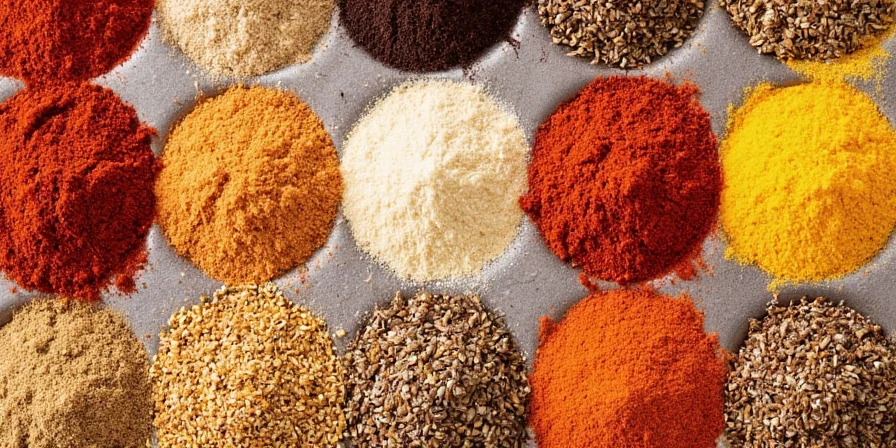
Pimentón is the cornerstone of Spanish spice racks. Unlike generic paprika found elsewhere, Spanish pimentón comes in three main types:
- Dulce – Sweet and mild
- Agridulce – Bitter-sweet with a slight tang
- Picante – Hot and spicy
Pro Tip: Store pimentón in an airtight container away from light to preserve its vibrant color and smoky aroma.
Tip #2: Don’t Skip Smoked Paprika
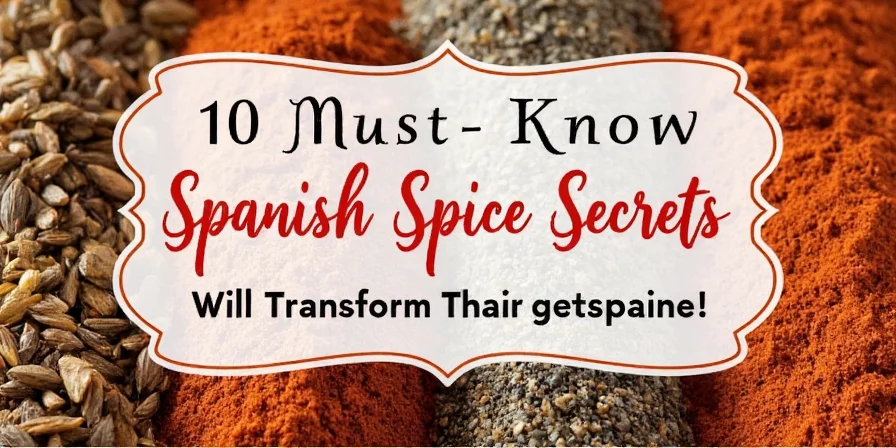
One of the most distinctive Spanish seasonings is smoked paprika (pimentón de la Vera). Made by slowly smoking red peppers over oak fires, it adds a deep, earthy flavor to dishes like chorizo and patatas bravas.
| Type | Smoking Process | Flavor Profile |
|---|---|---|
| Dulce | Mild smoke | Sweet and aromatic |
| Agridulce | Moderate smoke | Bitter-sweet with depth |
| Picante | Intense smoke | Spicy and robust |
Tip #3: Use Saffron Like a Pro

Saffron — the “red gold” of Spain — is one of the most expensive spices in the world. Used sparingly, it imparts a floral aroma and golden hue to dishes like paella valenciana.
- Always soak saffron threads in warm liquid before use
- Avoid powdered saffron unless you’re certain of quality
- Store in a cool, dark place
Tip #4: Embrace the Heat with Piri-Piri
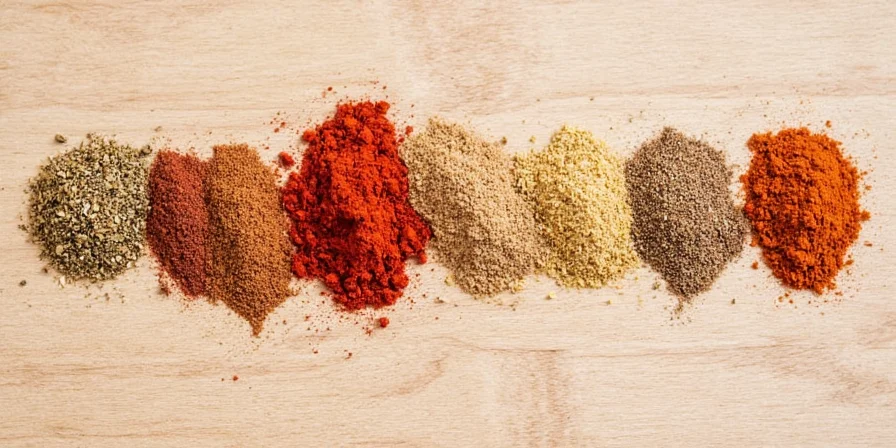
While not originally Spanish, piri-piri (or African bird’s eye chili) has become popular in coastal regions like Andalusia. Use it in marinades or sauces for a punchy heat that complements seafood and grilled meats.
Tip #5: Try Ground Cumin for Depth
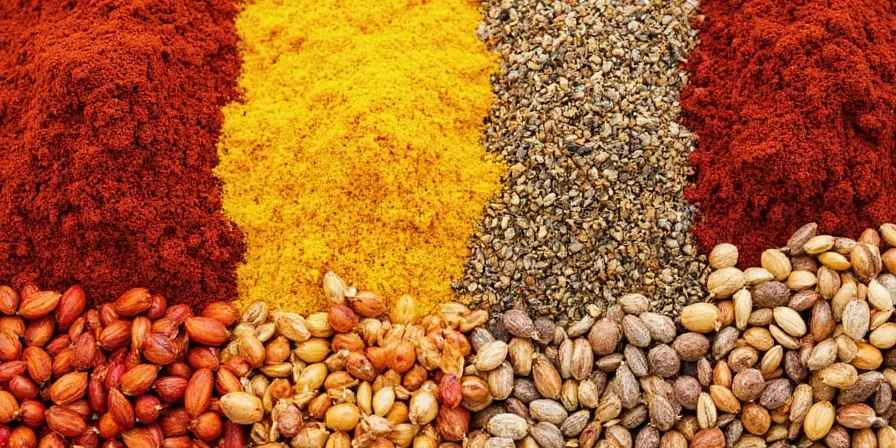
Cumin might seem more Middle Eastern than Spanish, but it plays a subtle yet important role in many stews and meat dishes, especially in central and southern Spain. It brings warmth and complexity without overpowering other flavors.
Tip #6: Fresh Herbs Are Just as Important
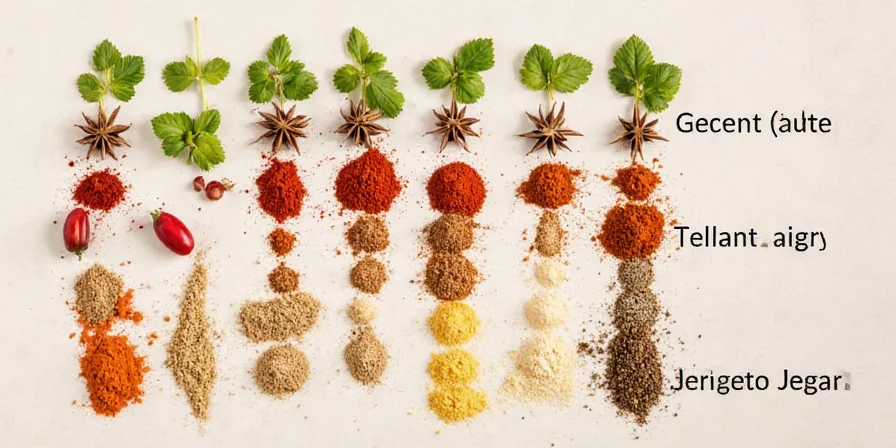
Don’t overlook the power of fresh herbs like:
- Parsley
- Bay leaves
- Rosemary
- Thyme
Add them toward the beginning of slow-cooked dishes to infuse layers of flavor.
Tip #7: Make Your Own Mojo Picón
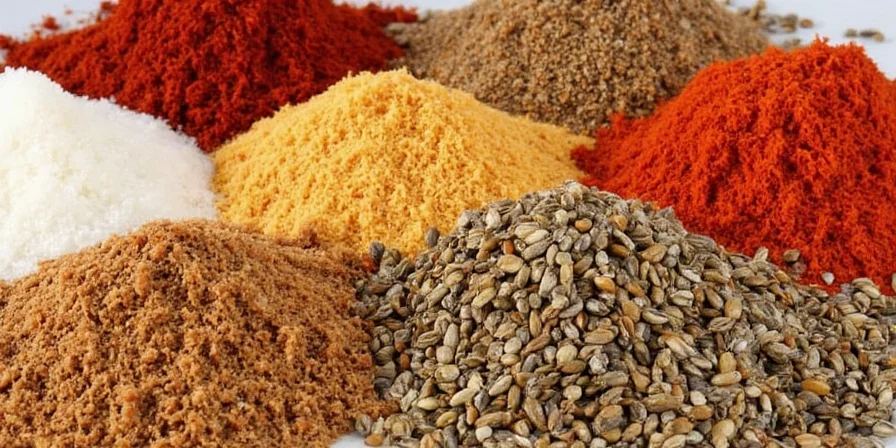
Mojo picón is a Canarian sauce made with paprika, garlic, olive oil, vinegar, and chili. It’s perfect as a dip or condiment for potatoes and fish.
DIY Mojo Recipe:
- 3 tbsp olive oil
- 1 tbsp pimentón picante
- 1 clove garlic, minced
- 1 tsp vinegar
- Salt to taste
Mix all ingredients and let rest for 1 hour before serving.
Tip #8: Pair Sea Salt with Bold Flavors
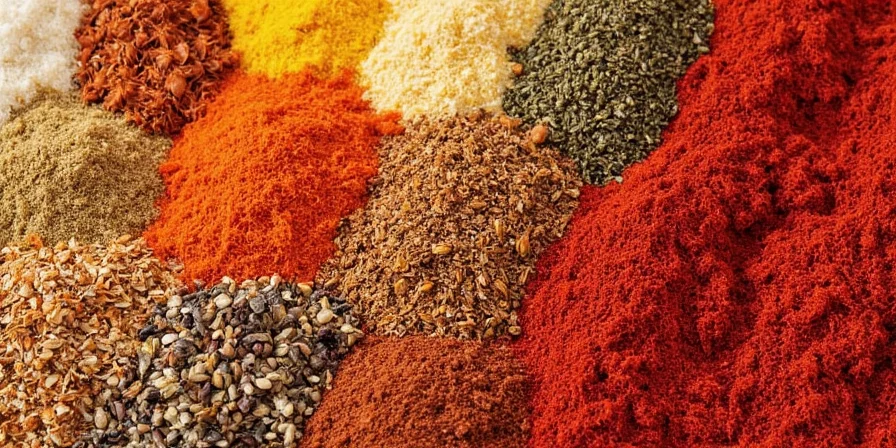
High-quality sea salt enhances the natural flavors of spices. Try using coarse salt in stews and fine salt in finishing touches for optimal impact.
Tip #9: Toast Your Spices for Maximum Flavor

Toast ground spices like cumin or coriander in a dry pan for 30 seconds before adding them to your dish. This technique unlocks essential oils and boosts aroma dramatically.
Tip #10: Experiment with Regional Variations
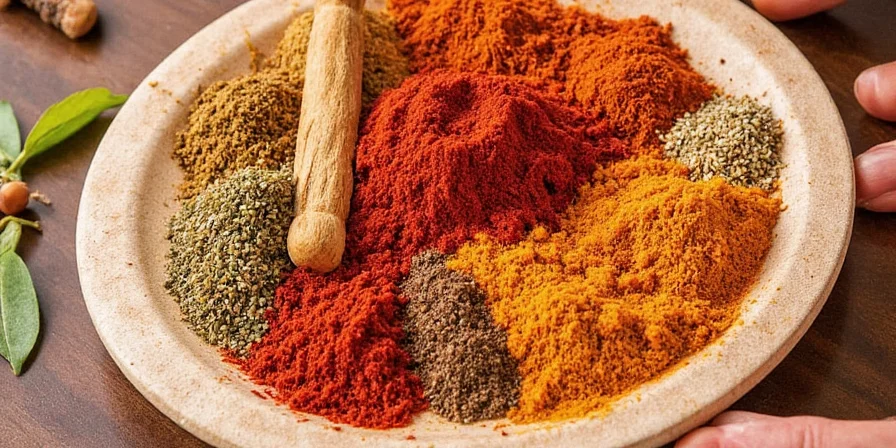
Each region in Spain uses spices differently:
- Andalusia: Garlic, paprika, sherry vinegar
- Galicia: Seafood, paprika, olive oil
- Canary Islands: Mojo picón, gofio (toasted corn flour)
- Valencia: Saffron, rosemary, bay leaf
Explore regional dishes to discover new flavor combinations and spice applications.
Deep Dive: The History Behind Spanish Spices
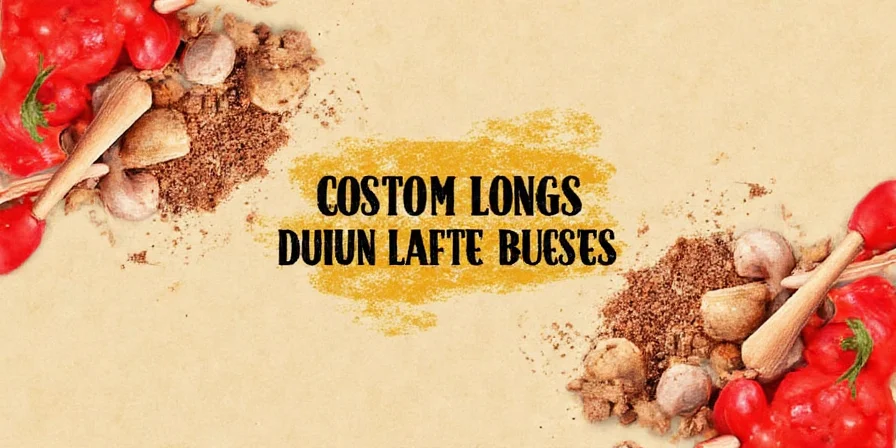
The history of Spanish spices is deeply intertwined with exploration and colonization. During the Age of Discovery, Spain brought back exotic spices like cinnamon, nutmeg, and vanilla from the Americas and Asia. These were then blended into traditional Moorish and Roman-influenced recipes, creating a uniquely layered cuisine.
- 15th century: Columbus returns with chili peppers
- 16th century: Introduction of saffron cultivation in La Mancha
- 17th century: Moors introduce complex spice blends to Spanish kitchens
- 19th century: Industrialization makes spices more accessible
This evolution explains why Spanish dishes often feel both ancient and modern at the same time — a fusion of old-world traditions and global influences.
Conclusion
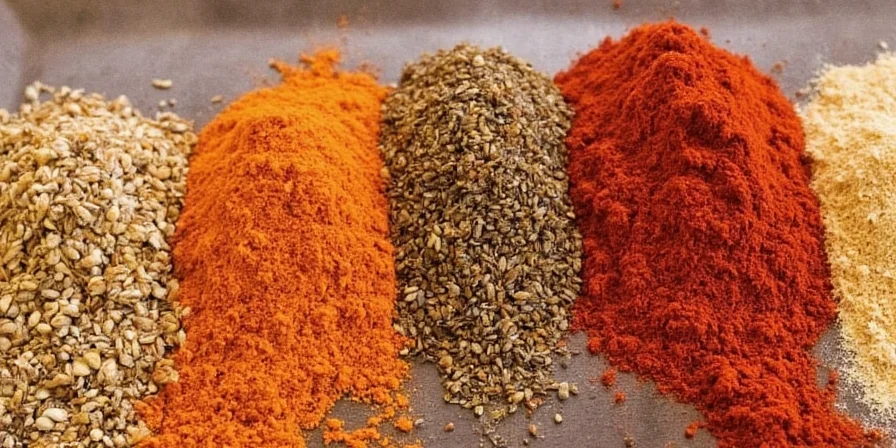
Whether you're making a hearty stew, a seafood paella, or a simple tapa, the right spices can transport your taste buds straight to the heart of Spain. From the smoky richness of pimentón to the luxurious shimmer of saffron, Spanish spices offer endless possibilities for creativity and flavor exploration.
So next time you reach for that jar of paprika, remember — you’re not just seasoning a dish; you’re unlocking centuries of culinary heritage. Now get cooking and see where the magic takes you!

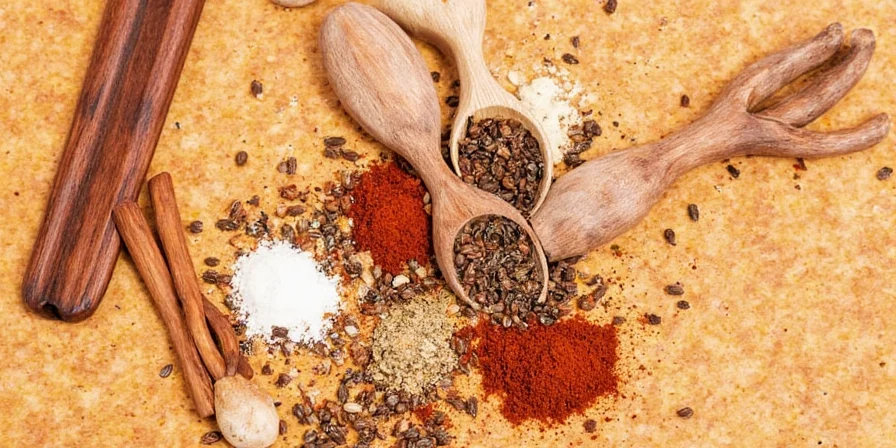









 浙公网安备
33010002000092号
浙公网安备
33010002000092号 浙B2-20120091-4
浙B2-20120091-4